Data aggregation isn’t without its challenges, particularly when it comes to understanding individual user paths and specific granular data points, creating data aggregation shortfalls. To gain deeper insights into this topic, we sat down for an interview with Jennifer Johnson, a member of Intersect Technologies’ customer success team.
Defining Data Aggregation
Before delving into the interview, let’s clarify what data aggregation means. Data aggregation is the process of collecting and summarizing data from various sources to provide an overview or general insights. It’s a vital part of marketing and sales, as it allows businesses to gain a holistic view of customer behavior and market trends.
Interviewer: Can you tell us about your role and experience with data aggregation in the customer success team at Intersect Technologies?
Jennifer: Absolutely. In my role, I work closely with our clients to ensure they are making the most of our data solutions. Data aggregation is a significant part of what we do, as it enables us to offer comprehensive insights to our clients. It’s essential for understanding market trends, customer behaviors, and optimizing marketing and sales strategies.
Interviewer: What are some of the key challenges or shortfalls you’ve observed in data aggregation, especially regarding its impact on marketing and sales?
Jennifer: One of the most significant challenges is the loss of granularity. When data is aggregated, we lose the ability to analyze individual user paths and specific granular data points. This can be a major hurdle for personalization and effective targeting in marketing and sales.
Interviewer: How do these shortfalls affect the effectiveness of marketing and sales strategies?
Jennifer: The limitations in data aggregation can impact marketing and sales in several ways. For instance, less granularity makes it harder to target specific audience segments effectively. This can lead to less precise, personalized marketing campaigns. Additionally, without a comprehensive understanding of user paths, it’s challenging to identify where potential customers drop off or encounter obstacles in the conversion funnel. These challenges can result in missed opportunities for growth.
Interviewer: What strategies or approaches do you recommend to mitigate these data aggregation shortfalls?
Jennifer: It’s crucial to strike a balance between aggregated data and raw, granular data. Combining these two sources provides a more complete picture and allows for both high-level insights and in-depth analysis when needed. Leveraging advanced analytics, such as machine learning and artificial intelligence, can also help extract more meaningful insights from aggregated data. Regularly reviewing data practices and being open to redefining what data is aggregated or exploring new tools and technologies is also a valuable approach.
Combinations for Success
Data aggregation is a powerful tool in the world of marketing and sales, but it comes with inherent shortfalls, especially when it comes to analyzing individual user paths and granular data points. Jennifer Johnson’s insights shed light on the challenges and the potential strategies to address these limitations effectively. Striking the right balance between aggregated and granular data, leveraging advanced analytics, and staying open to evolving data practices are key steps in overcoming the shortfalls of data aggregation and making informed decisions in a data-driven world.




